Unclogging a toilet connected to a septic tank can be a daunting task, especially for those unfamiliar with the unique considerations involved. Unlike standard plumbing systems, septic tanks require careful handling to avoid disrupting the delicate balance of bacteria that facilitate the breakdown of waste. This guide aims to provide homeowners with essential techniques and best practices for how to unclog a toilet connected to a septic tank. Whether you’re dealing with a minor blockage or a more significant issue, understanding the right approach can save time, effort, and prevent potential damage to your septic system.
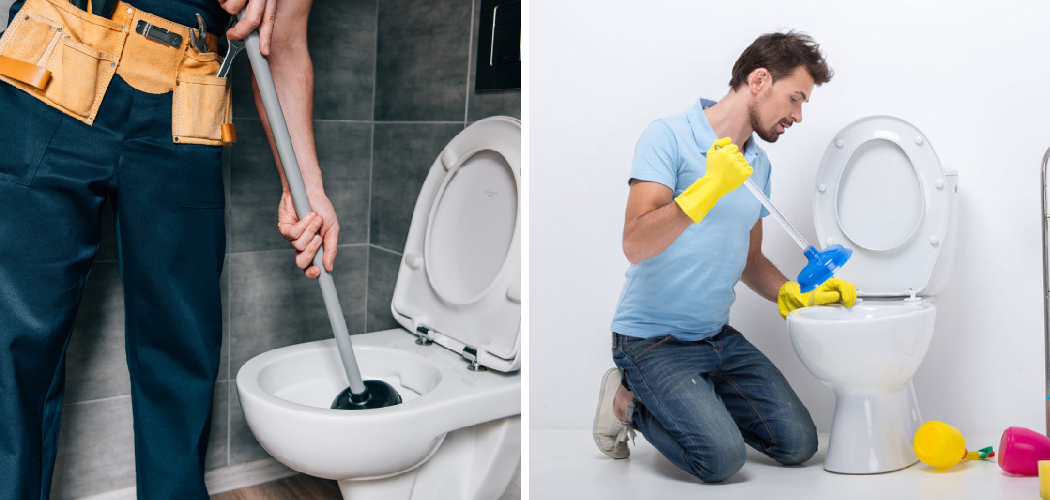
Understanding the Cause of the Clog
Identifying the root cause of a clog is crucial for effective resolution and prevention of future issues. Common causes of toilet clogs in homes with septic systems include the accumulation of non-biodegradable materials, such as feminine hygiene products, flushable wipes, and excessive toilet paper. Additionally, hair, soap scum, and other debris can congeal over time, creating blockages. It is also essential to consider the possibility of tree roots infiltrating the sewer lines, which can obstruct the flow. Understanding these potential culprits will help homeowners take appropriate preventive measures and address clogs promptly, preserving the integrity of their septic systems.
Signs of a Serious Septic Issue
Recognizing the signs of a serious septic issue is vital for preventing costly repairs and ensuring the system’s longevity. Homeowners should be vigilant for several warning indicators, such as slow drains in multiple fixtures, gurgling sounds emanating from the toilet or drains, and unpleasant odors near the septic tank or drain field.
Additionally, the presence of sewage backups in the home or pooling water above the drain field can signify a significant malfunction. If any of these issues arise, it is crucial to consult a septic system professional to diagnose the problem and implement necessary repairs, as neglecting these signs can lead to more severe environmental and health hazards.
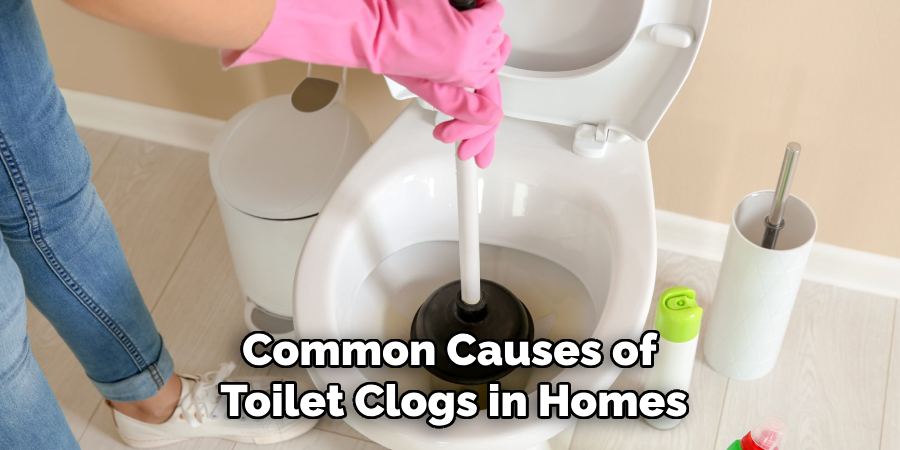
10 Methods How to Unclog a Toilet Connected to a Septic Tank
1. Use a Flange Plunger for a Direct Approach
The first and most straightforward method to unclog a toilet connected to a septic tank is using a flange plunger. A flange plunger is specifically designed for toilets and features an extended rubber flap that fits snugly into the toilet drain, creating a tight seal. Begin by placing the plunger over the toilet’s drain hole, ensuring that the flange is fully inserted. Apply steady pressure by plunging up and down several times, creating suction to dislodge the blockage. Be patient—several plunges may be necessary to clear the clog. This method is both safe for your septic system and highly effective for minor clogs.
2. Try a Toilet Auger for Stubborn Blockages
If the plunger method doesn’t work, a toilet auger (also known as a closet auger) can help reach deeper blockages. A toilet auger consists of a flexible, coiled cable with a hand crank, designed to navigate the toilet’s curves and reach the clog. Insert the auger into the toilet bowl and crank it gently, allowing the coil to travel through the drain and break up or pull back the blockage. Once you feel resistance, continue cranking to either dislodge or remove the obstruction. Toilet augers are septic-safe and especially useful for dealing with tougher or larger clogs.
3. Use Hot Water and Dish Soap
For a gentle yet effective method, try using hot water and dish soap to dissolve the clog. Begin by pouring a generous amount of liquid dish soap into the toilet bowl. Dish soap is a mild lubricant and can help loosen the clog. Next, heat a pot of water (not boiling, as extreme heat can crack porcelain) and carefully pour it into the toilet. Allow the hot water and soap to sit for about 15-30 minutes, letting the solution work its way through the pipes. Afterward, try flushing the toilet to see if the clog has cleared. This method is safe for septic systems and can help with softer, organic clogs.
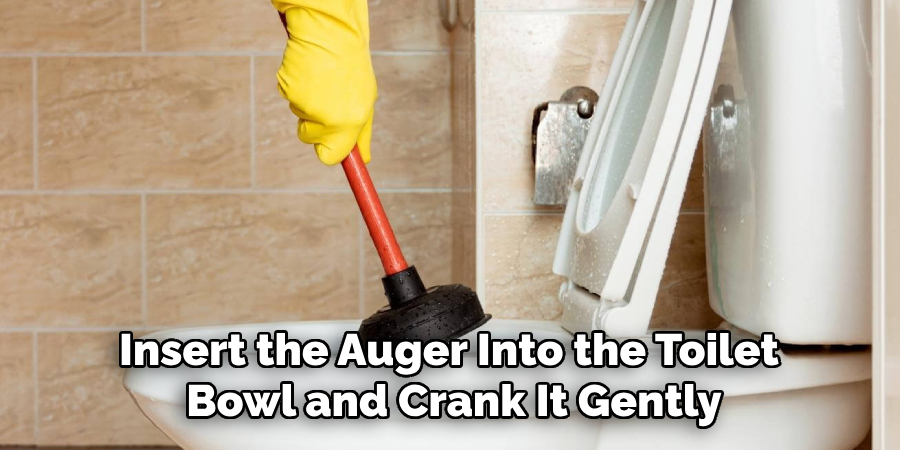
4. Use a Natural Enzyme Drain Cleaner
Enzyme-based drain cleaners are a septic-safe alternative to chemical drain cleaners, which can harm the beneficial bacteria in your septic tank. Enzyme cleaners contain natural bacteria that break down organic matter, making them ideal for clogs caused by waste, toilet paper, or other biodegradable materials. Follow the manufacturer’s instructions and pour the recommended amount of enzyme cleaner into the toilet bowl. Allow the cleaner to sit for the recommended time, usually several hours or overnight, to fully break down the blockage. Afterward, flush the toilet to check if the clog has cleared. This method is eco-friendly and safe for septic systems.
5. Use Baking Soda and Vinegar for a Natural Solution
A mixture of baking soda and vinegar is another septic-safe, natural solution for unclogging toilets. Start by pouring about one cup of baking soda into the toilet bowl, followed by one to two cups of white vinegar. The reaction between the baking soda and vinegar will create a fizzy, bubbling effect that helps to break down the clog. Let the solution sit for about 30 minutes to an hour, allowing the chemical reaction to work its way through the pipes. Afterward, pour hot water into the bowl and try flushing the toilet. This method is both gentle on your septic system and effective for clearing organic clogs.
6. Avoid Chemical Drain Cleaners
One of the most important considerations when unclogging a toilet connected to a septic tank is to avoid using chemical drain cleaners. Many commercial drain cleaners contain harsh chemicals that can kill the beneficial bacteria in your septic tank, disrupting the natural breakdown of waste. Over time, this can lead to septic system failure and expensive repairs. Instead of relying on chemicals, stick to natural or mechanical methods, such as plunging, using an auger, or applying enzyme cleaners, which are safe for both your plumbing and septic system.
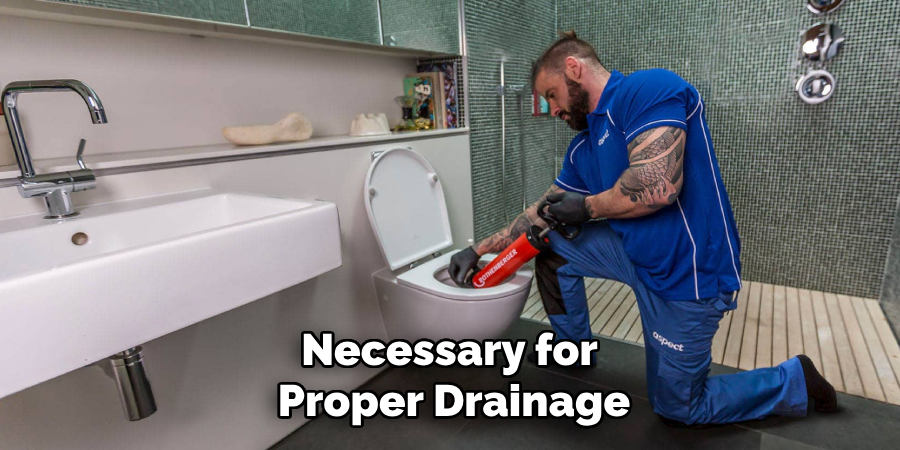
7. Manually Remove the Clog with a Wire Hanger
If you suspect the clog is close to the surface, you can use a wire hanger to manually dislodge it. Straighten out a wire coat hanger, leaving a small hook at the end, and carefully insert it into the toilet drain. Use the hook to fish out any objects or debris that may be causing the clog, such as excess toilet paper or small items accidentally flushed down the toilet. Be gentle to avoid scratching the porcelain or damaging the toilet. While this method may not reach deep clogs, it can be effective for surface-level blockages.
8. Check the Vent Pipe for Blockages
Sometimes, a clogged toilet in a septic system is not caused by a blockage in the drain, but by a blockage in the vent pipe. The vent pipe allows air to flow into the plumbing system, which is necessary for proper drainage. If the vent is blocked, it can cause slow draining or backup in the toilet. To check for vent pipe blockages, inspect the pipe (usually located on the roof) for obstructions such as leaves, debris, or bird nests. If you suspect a blockage, use a garden hose to flush out the pipe, or contact a professional plumber for assistance.
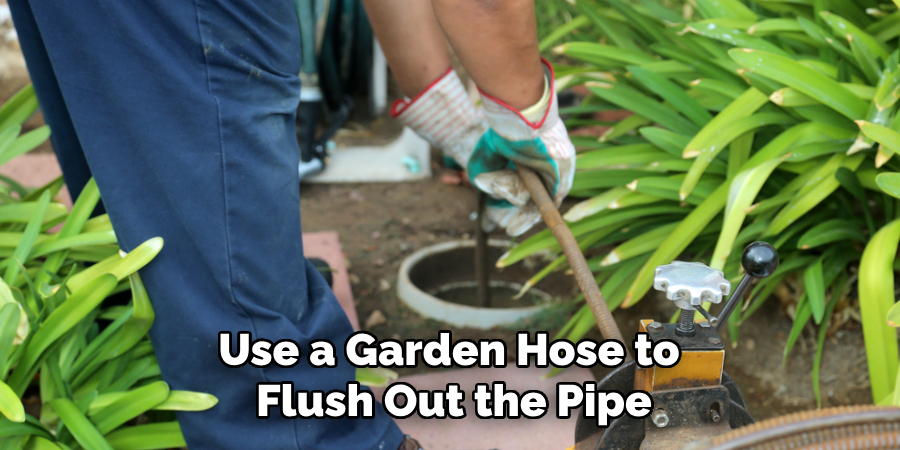
9. Inspect the Septic Tank for Overflows
If your toilet is frequently clogging or backing up, the issue could be related to an overflowing or malfunctioning septic tank. Septic tanks need regular maintenance and pumping to prevent them from becoming too full, which can cause waste to back up into the plumbing system. If you suspect your septic tank may be full, contact a professional to have it inspected and pumped. Regular maintenance of your septic system can prevent clogs, backups, and more serious plumbing issues down the line.
10. Call a Professional Plumber or Septic Service
If all else fails and you’re unable to clear the clog using DIY methods, it’s time to call a professional plumber or septic service. A professional can use specialized tools such as hydro jetting or advanced augers to clear the blockage without harming your septic system. Additionally, they can inspect your septic system to ensure there are no underlying issues that may be contributing to the clog. Regular maintenance and professional assistance will ensure the long-term health of both your plumbing and septic tank.
Conclusion
In conclusion, dealing with a clogged toilet, especially in a septic system, requires a careful approach using safe and effective methods. By employing techniques such as hot water and dish soap, natural enzyme cleaners, or the baking soda and vinegar method, you can often resolve clogs without the use of harsh chemicals that could harm your septic system. Regular maintenance of your plumbing and septic tank is essential to prevent future issues, while addressing any persistent problems with the assistance of a professional can ensure the longevity of your system. Thanks for reading, and we hope this has given you some inspiration on how to unclog a toilet connected to a septic tank!
You can check it out to Add a Toilet Drain